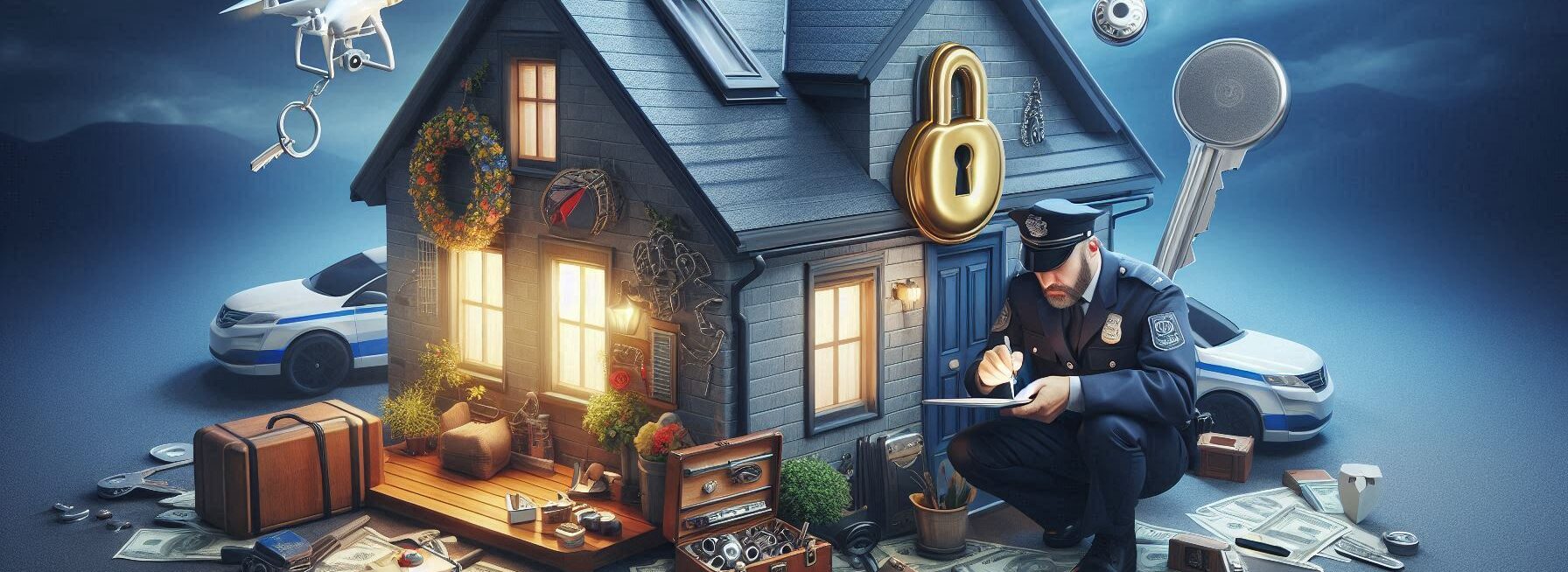Please Note: This post may contain affiliate links. If you click one of them, we may receive a commission at no extra cost to you. As an Amazon Associate, I earn from qualifying purchases.
Last Updated on November 1, 2025 by Kevin Collier

Top Takeaways and Key Concepts
Draw a floor plan of your home, marking all doors, windows, and escape routes.
Identify two exits from every room, including windows and doors.
Choose a safe meeting place outside your home where everyone will gather.
Practice your escape plan at least twice a year, including nighttime drills.
Ensure all family members, including children, know how to call emergency services.
Let's get started on building a strategy for your family to get out of an emergency. I know it sounds like something out of a movie, but it's not. But it may be an enjoyable project for the whole family!
It's a warm Sunday afternoon. You have snacks, the kids are there, and you're all talking. Why not make this a small adventure? It can be funny, not scary.
If something goes wrong, the first thing you should do is find a safe place to meet. It could be the enormous tree in your yard or the porch of a neighbor. Your own special place. Everyone needs to know where to go. It's much easier to get together if everyone knows what's going on.
Talk about what to do in case of different kinds of emergencies. Something like a fire, a storm, or something else. Keep it light. Make it a game. Kids like to play games. Write down what you need to get. Things that matter, like phones or that cuddly animal you love. It's like a hunt for riches!
Try making a map of your home. Where do you go to get out? Is it easy for everyone to get out quickly? You could even make it fun by using colors or stick figures. It helps you recall better.
Keep practicing, but make it fun. Make a terrifying monster out of a cushion. “How do we get around it?” Have a good laugh. It's about having fun as you learn. If you add some laughs, they will really remember it.
Assign everyone a job. One person might count heads while another checks rooms. It can make everyone feel like a hero in the game.
And the pets! Don't forget about them. They also need a plan. Who has the dog? Who gets the cat? This might be a key part of your family's trip.
*** Shop for Survival Gear - Tools - Kits ***
Survival Gear - Bags and Backpacks - Knives - Boots/Footwear - Communication
Outdoor Cooking - Gloves - Hydration - Dry Boxes - Water Filtration Systems
Tents - Sleeping Bags - First Aid Kits - Multi-Tools - Flashlights - Fire Starters
Navigation - Survival Food - Night Vision - Headlamps - Stun Guns - Binoculars
Put the plan on the fridge and write it all down. It reminds them a little bit every time they see it. “Hey, we made this!”
It can feel fantastic when everything is ready. You are like superheroes with backup plans. It's there, just like that superhero cape, and you never know when you might need it.
When someone asks about the escape plan again, you might smile and answer, “It's just our family game!” Having fun while keeping your crew safe? That's a win-win!
Understanding the Need for an Escape Plan

First of all, why should we even think about this entire escape plan thing? Emergencies can happen at any time. For example, I once found my dog wearing my favorite hat while I was trying to get rid of the trash.
One minute everything is good, and the next minute you're running around like a chicken with its head cut off!
You are not only getting ready for fires or natural calamities when you make an escape plan. It could also assist when you have surprise guests (like inquisitive relatives).
But really, everyone feels better knowing how to get out swiftly and safely. Plus, it makes family meetings more fun. Not exactly Netflix and relax, but still pretty exciting.
Plan Out Your Home: Know Where to Go
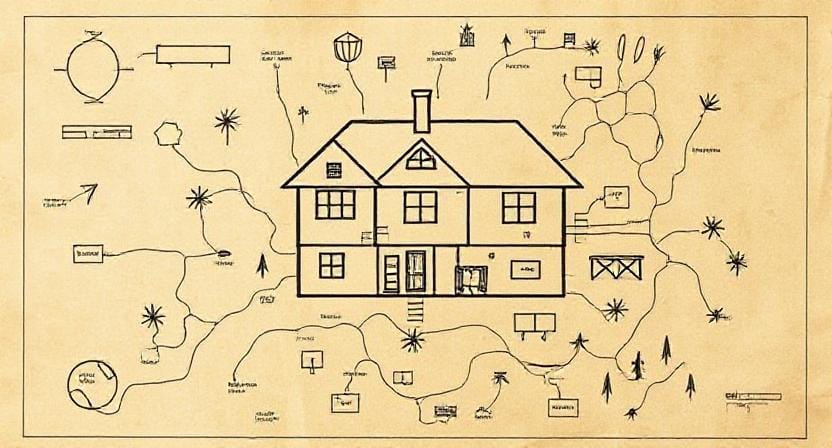
Let's get to work! The first thing you need to do to make your escape plan is draw a map of your house. And no, I don't mean making a treasure map with an X that marks the spot (though that may be amusing!). Look closely at all the ways out of each room, including doors and windows.
Now think of a game of hide-and-seek where instead of hiding from pals, you're trying to stay safe. Find out which exits are clear and easy to get to.
For example, if Aunt Mildred's huge potted plant is blocking the back door, you might want to move that plant before anything bad happens! If you have trouble getting out quickly, kids or pets will have an even tougher time.
Designating Safe Zones: Where Should You Go?
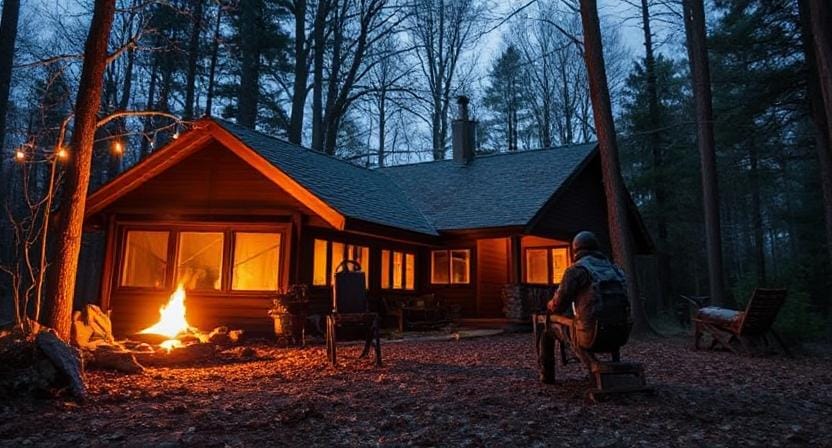
After you've drawn out the exits, you need to decide where everyone will gather after they get out. Set up secure areas outside your home where everyone knows to go in case of an emergency.
This may be the yard of the neighbor or perhaps the giant oak tree down the street that appears like it could tell stories.
I recommend choosing places that are far away from any possible dangers, such as power wires or bushes that look strange and could be hiding raccoons planning to take over the world.
Make sure everyone in the family understands where these places are. Nothing says “chaos” like everyone running around asking where they should go!
Drill Time: Time to Practice Your Escape Plan!
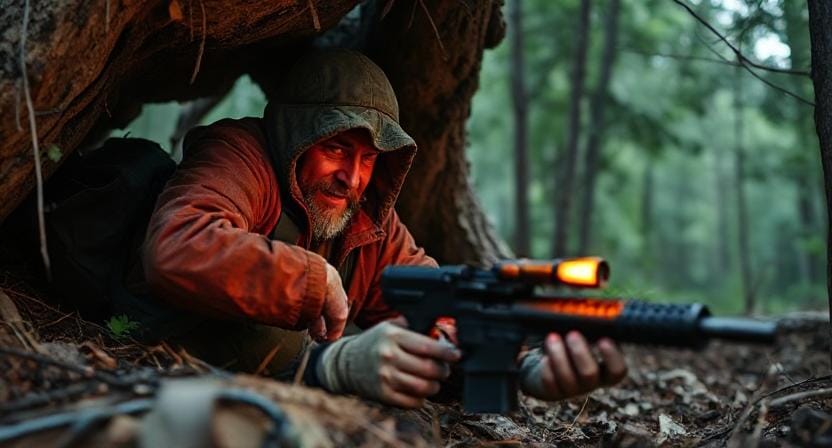
All right, everyone, this is the exciting part! Practicing your escape plan at home may seem monotonous at first, just like fire drills certainly weren't one of your favorite school activities. But it's important, and if you get into it, it's actually kind of fun!
Get everyone together and go over different situations. For example, you may pretend that aliens are coming or that there is a zombie apocalypse (since who doesn't love thinking about aliens?).
Have everyone practice their selected routes and keep track of how long it takes them to get to safety. Believe me, watching Uncle Bob trip over his own feet while running for safety will make you giggle for weeks!
Be Ready: Keep Important Things Close By
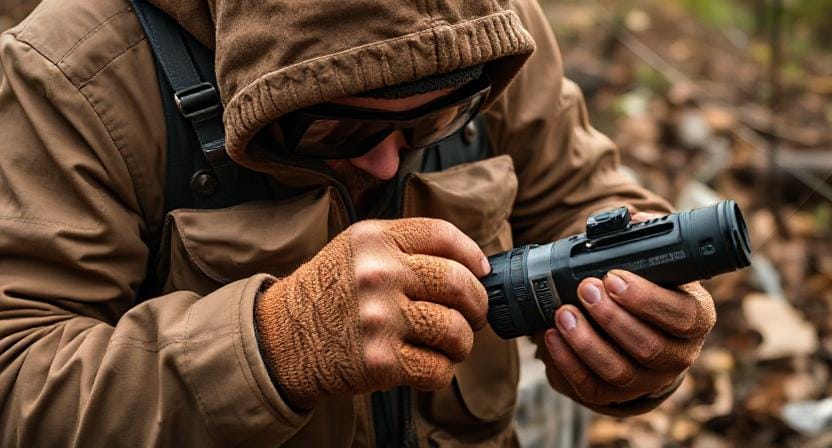
It's necessary to plan getaways, but being ready with the basics makes all the difference when things go wrong!
Make an emergency kit containing things like flashlights (that work), bottled water (not from last summer's picnic), food (chocolate is best), and first-aid materials.
Adding things that make you feel better, like blankets or your favorite stuffed animals, can also help with anxiety when things get tough. Think about how nice it would be to hold Mr. Fluffy as you wait for help. It might not be perfect, but it's better than being alone and worrying about what will happen next.
How to Stay in Touch During Emergencies
Lastly, and this is very important, make sure everyone learns how to talk to each other in an emergency! Setting up reliable ways for everyone to stay in touch when things go wrong is important, whether it's through text messages or carrier pigeons (just kidding!).
Setting up group conversations on phones can help family members stay in touch, even if one of them accidently leaves their phone behind while escaping (I'm looking at you again, Aunt Mildred).
Let's talk about how to teach younger kids what to do in an emergency. Keep it simple. You don't want kids to be terrified or confused.
“Go outside!” works better than “Run away from certain death!” Isn't that right? Children will laugh. It's nice and quick. You don't want words that are long and elaborate. Just simple and obvious.
You might want to practice together. You can play! Make up an emergency and tell everyone to follow that simple rule. Kids like a challenge. Make it like a race or a search for riches. It won't be terrifying; it'll be fun.
Making your escape plan doesn't have to be a tedious task; it can be a family endeavor. Kids can help out. They can sketch their favorite exits or even pretend to reveal where the food is! “Get the cookies and go outside!”
Add some fun to the mix. You could give small rewards. Perhaps everyone who remembers their job should get stickers. Kids really like stickers. It seems like a game.
Everyone will know what to do after a few practices. They remember short and sweet instructions better. There is nothing alarming, simply basic steps.
Keep smiling while you communicate about your plan. Tell each other stories about how you'll all aid each other. “We'll be superheroes if we have to go outside together!” This lets them know they're a part of something unique.
Not everything has to be serious. Small amounts of laughing can make a tremendous effect. You can relax a little tomorrow because you had fun today. Less worry later on if you make an escape plan that is easy and fun.
And don't forget that this is your family's plan, made with love and laughter. Are you ready? That's what makes you the cool parent in the group.
Frequently Asked Questions
Why should a family draw a floor plan?
A map helps everyone visualize exits, reduces confusion, and ensures all family members know pathways ahead of time.
Why are two exits needed for each room?
If one route is blocked by smoke, debris, or fire, a secondary exit provides another safe path out.
Why is a designated meeting point important?
A known outdoor gathering location prevents scattered searching and confirms who made it out safely.
How often should escape drills be practiced?
Twice per year with at least one nighttime rehearsal helps lock in muscle memory under realistic conditions.
Should children be included in planning?
Yes. Kids learn faster when included, and simple steps reduce fear while improving recall during emergencies.
What items support fast escape readiness?
Charged phones, flashlights, shoes near beds, and small emergency kits boost speed and clarity during evacuation.
Why teach everyone how to call emergency services?
If caregivers are incapacitated, anyone who can dial emergency services increases chances of timely rescue.
Related Resources:
Emergency Preparedness Tips
https://www.ready.gov/prepare
Creating Family Emergency Plans
https://www.redcross.org/get-help/how-to-prepare-for-emergencies.html
Family Emergency Communication Plan
https://www.fema.gov/emergency-communication-plan

Kevin Collier is a seasoned survivalist and expert in prepping and homesteading, contributing to WiseSurvive.com. With a deep-rooted passion for self-sufficiency and outdoor survival skills, Kevin shares practical advice, strategies, and resources to help individuals prepare for any challenge. His informative articles cover a range of topics, from essential survival techniques to sustainable living practices, empowering readers to thrive in any situation. Whether you're a novice or a seasoned prepper, Kevin's insights will inspire you to take charge of your readiness and build resilience for the future.





